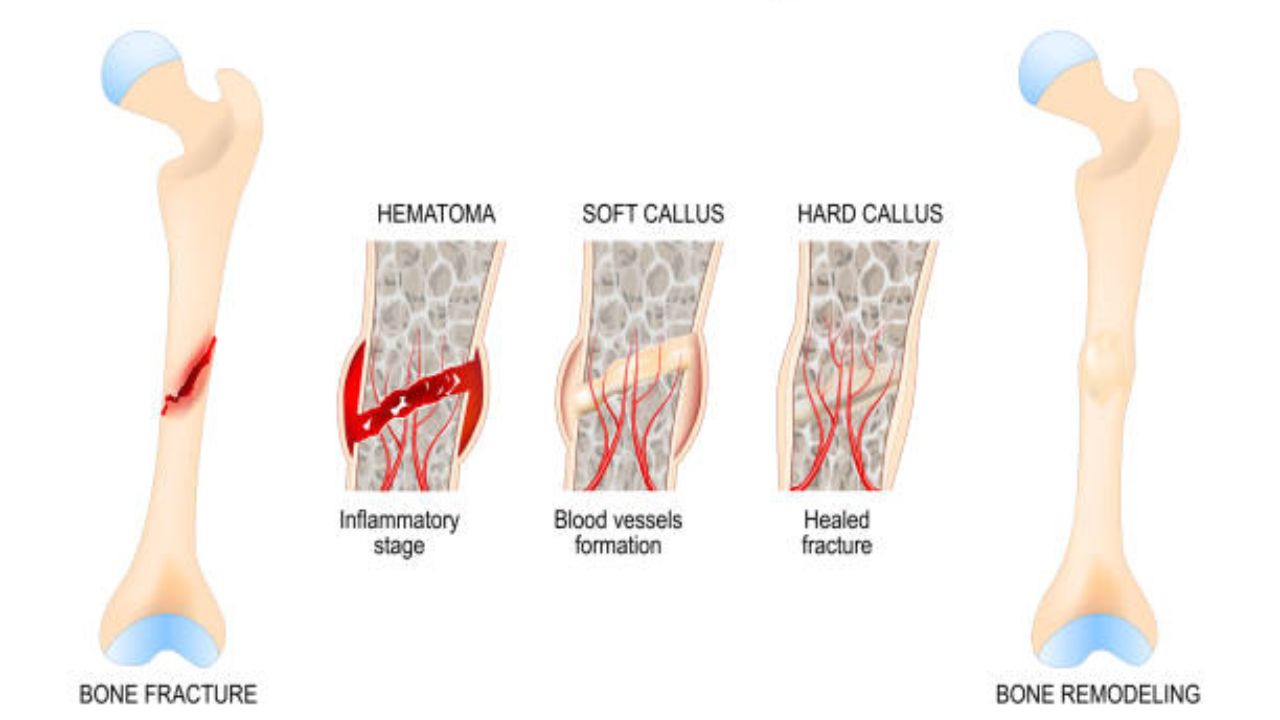First of all, that is to say that a trabecular fracture can only be diagnosed with imaging tests, in which we find a lesion of the trabecular space as linear images that reach the cortical, hypointense and hyperintense in T1 and T2 respectively, in the MRI.
Therefore, a trabecular fracture is a fracture involving the trabecular bone, which lies below the cortical bone or cartilage in the joints. In most cases, if not all, accompanied by bone edema, since the bone marrow is richly vascularized and it is easy for the trabecular fracture to alter the flow of the injured area, due to alteration of the endothelium and the activation of the mechanisms inflammatory.
What can cause a trabecular fracture?
Major traumas are the cause of these partial fractures, we will also mention that repeated traumas can deteriorate the cartilage or bone on the surface and end up affecting the bone trabecula, but in these cases the most frequent is to find a bone edema.
In addition, the trabecular fracture is easier to find in the bone diaphysis, many of the trabecular fractures can be seen in the insertions of the tendons where they exert great traction forces, and in the event of a traumatism, traction of the insertions can produce an avulsion, in the If the tearing of the bone does not occur, a trabecular fracture may occur. For this reason, anything that can lead to a fracture, dislocation or major sprain can also cause a trabecular fracture and is often an injury associated with these.
How is a trabecular fracture treated?

Treatment is the same as for a clean, non-displaced fracture, with a rest period of four to six weeks. You can add rehabilitation treatment such as magneto, concentric, mobilization without load and medical.
In any case, it all depends on the type of injury, its severity and location, and it is the professionals who must adjust the treatment. The contribution of Marine Therapy as a complement is largely thanks to the contribution of the mineral pool in proportions equivalent to those necessary for the human body. Let us bear in mind that, for bone metabolism and correct mineralization, at least Ca, P, B, Cu, Mn, Mg, Zinc, Na are necessary…
in addition to vitamins such as B complexes, Vit. C, E, A, K… amino acids… That is to say, that the minerals, among them, can interact reducing their absorption and therefore their bioavailability, being able to compromise trace elements in particular.
René Quinton considered that Marine Therapy offered ideal characteristics, from his point of view, seawater was the original broth in which life was conceived and perpetuated, and then this aqueous medium was the one that conditioned the cellular metabolic behavior, in the manner and so that if that medium is offered again to the cell phone, this one! It will have the necessary elements for its function and positive effect on the tissues.
In some studies, such as the one by Strause L. et al. (1994) of the Department of Biology, University of California, suggest that the use of calcium with the addition of trace elements can reduce the progression of bone density loss in postmenopausal women compared to a placebo.
This indicates the complex interaction of molecules and minerals in bone metabolism, and supports René Quinton ‘s theory which, although highly inductivist, brings us closer to the vision of an idiosyncrasy between the cell and its environment, which goes beyond the effects specifics of individual interactions.
